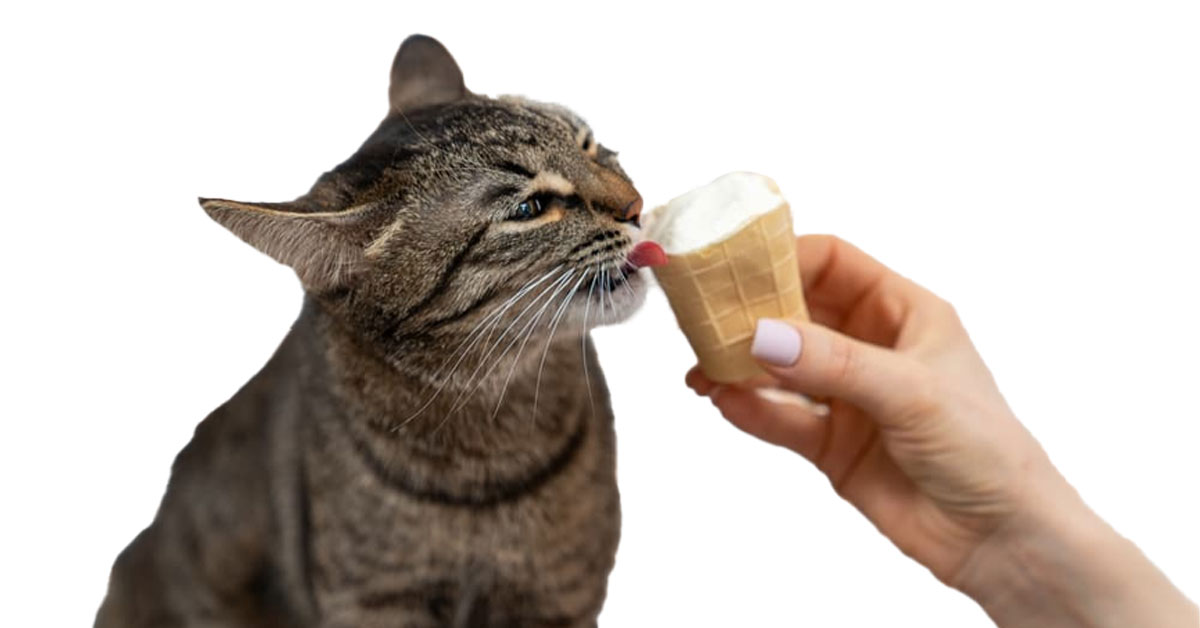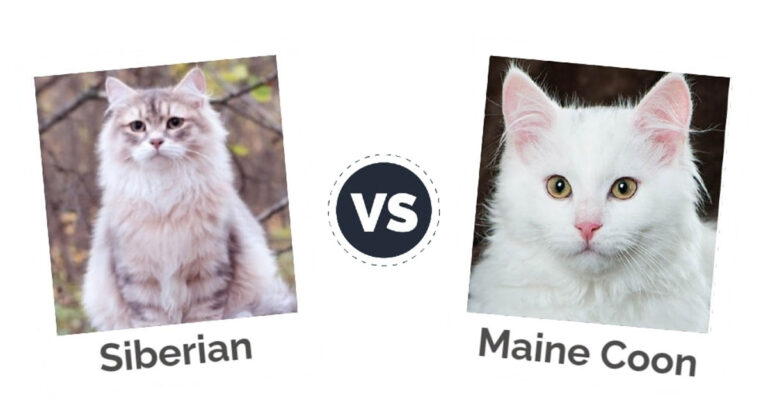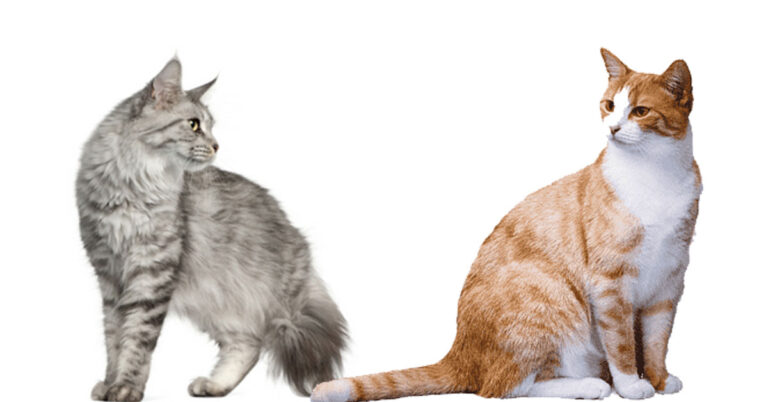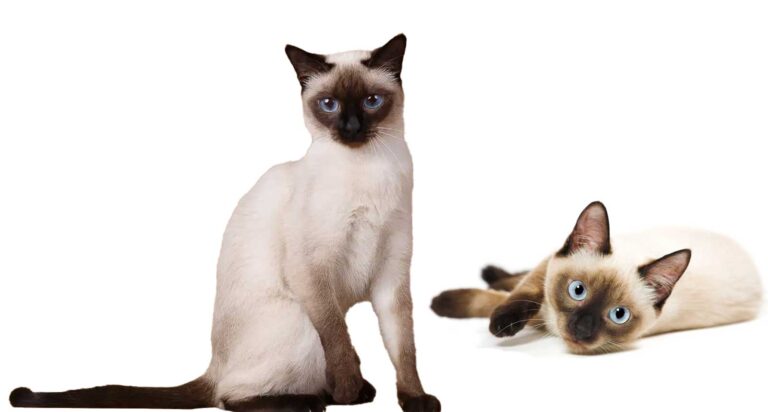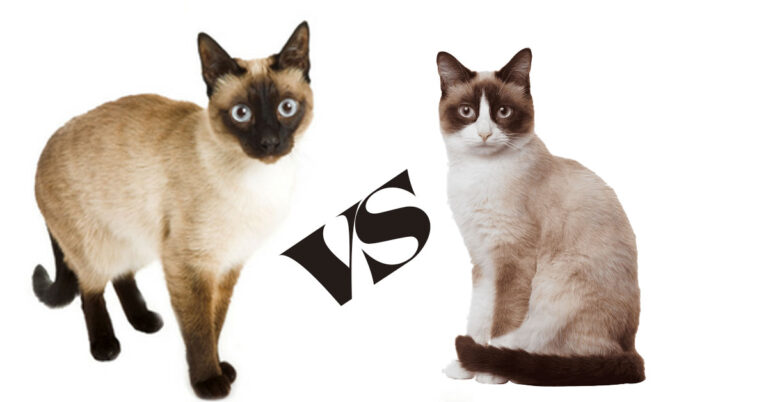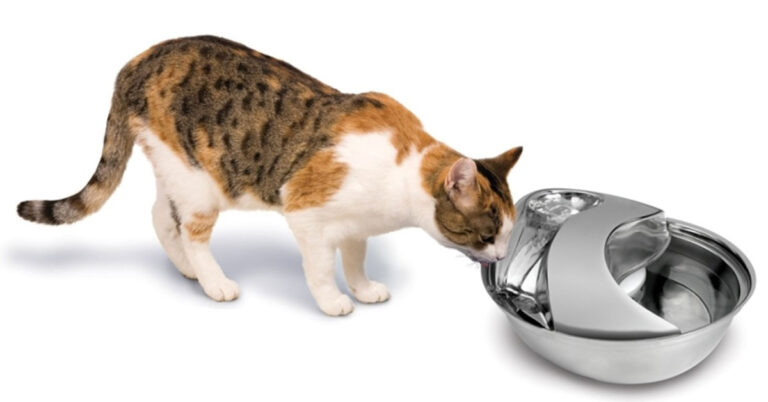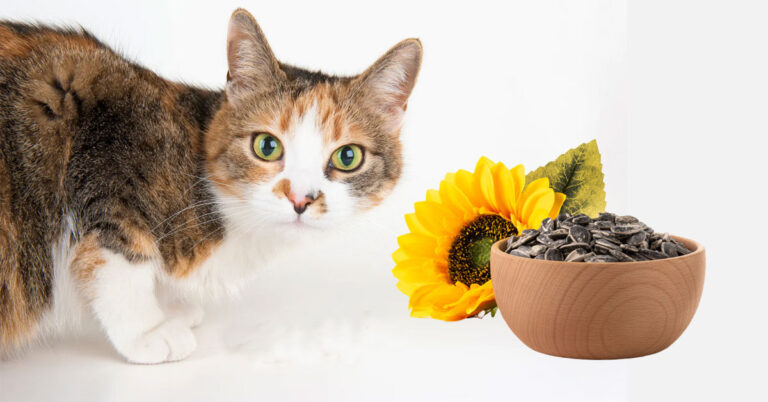Can Cats Eat Chocolate Ice Cream?
When we indulge in a tub of chocolate ice cream, it’s only natural to wonder if we can share this sweet treat with our feline friends.
The question, “Can cats eat chocolate ice cream?” is indeed an intriguing one. While it’s tempting to share a lick or two with our curious kitties, it’s essential to understand the potential health implications first.
This article will delve into the subject, providing insights and necessary precautions for cat owners.
The Harmful Effects of Chocolate on Cats
Chocolate contains both caffeine and theobromine, substances known as methyl xanthine’s that are toxic to cats.
While humans can metabolize these substances, cats cannot. Ingesting chocolate can lead to methyl xanthine poisoning, with symptoms ranging from restlessness and increased heart rate to severe seizures and even death.
Dark chocolate and unsweetened baking chocolate have the highest levels of theobromine, making them the most dangerous.
Ice cream, in general, can also present problems as many cats are lactose intolerant. Thus, a scoop of chocolate ice cream can be a double whammy for your feline friend.
How Much Chocolate Is Too Much for Cats
Determining the exact ‘safe’ amount of chocolate for cats can be tricky, primarily because there isn’t one. Any quantity of chocolate is potentially dangerous for cats.
While it’s true that larger quantities are more likely to result in severe symptoms, even a small piece can lead to discomfort and health issues, given a cat’s small size and inability to metabolize theobromine.
It’s also important to remember that individual reactions can vary, and what might not affect one cat could be hazardous to another.
Hence, to ensure your cat’s safety, it’s best to avoid giving them any chocolate at all.
Alternatives to Chocolate Ice Cream for Cats
If you want to treat your cat with something special, there are plenty of cat-friendly alternatives to chocolate ice cream.
Many pet stores offer “cat ice cream,” which is a frozen treat made from ingredients safe for cats, such as fish, chicken broth, or catnip.
Always opt for products specifically designed for cats, as these have been formulated to meet their nutritional needs.
Another option is to create homemade treats using cat-safe ingredients, which can be as simple as freezing tiny portions of tuna or their favorite wet cat food.
Remember that treats should constitute no more than 10% of your cat’s daily caloric intake to maintain a balanced diet and prevent obesity.
Sharing human food with pets can often lead to obesity, allergies, or other health issues, so it’s essential to prioritize their health and well-being above the desire to indulge them.
Common Foods That Are Safe For Cats To Eat
There are a variety of human foods that are safe for cats to eat in moderation. Here are a few options:
Fish
Tuna, salmon, or whitefish can be a delightful treat for your cat. They are rich in protein and omega-3 fatty acids, which can benefit your cat’s overall health. However, ensure the fish is fully cooked and free of bones before serving.
Poultry
Cooked chicken, turkey, or duck can be a healthy addition to your cat’s diet. They provide a good source of lean protein.
Eggs
Fully cooked eggs are safe for cats to eat. They contain protein and B vitamins crucial for muscle development and coat health.
Vegetables
Some cats may enjoy small amounts of cooked veggies like carrots, peas, green beans, or pumpkin. These can provide additional fiber and nutrients.
Rice and pasta
Small amounts of cooked rice or pasta can be given to cats as a treat. They should, however, be served plain without any sauces or spices.
How To Tell If Your Cat Has Eaten Too Much Chocolate
If your cat has consumed too much chocolate, it’s vital to recognize the symptoms of chocolate toxicity so you can seek immediate medical intervention.
These include:
- Restlessness: This could be one of the first signs. Your cat might seem jittery or unusually energetic.
- Increased heart rate: This may not be directly observable, but it often manifests as panting or shortness of breath.
- Vomiting and diarrhea: Your cat may try to expel the chocolate from its system, leading to these symptoms.
- Muscle rigidity and tremors: This happens because methylxanthines affect the muscular and nervous systems.
- Seizures: In severe cases, your cat may have convulsions. This is a medical emergency and immediate vet attention is required.
Emergency Steps To Take If Your Cat Has Eaten Too Much Chocolate
If you discover that your cat has ingested chocolate, it’s crucial to act swiftly and take the following steps:
- Stay calm: It’s essential to remain collected to ensure you can effectively assist your cat. Panic can distress your cat further.
- Assess the situation: Try to determine the type and quantity of chocolate your cat has consumed. This information can be crucial for your vet.
- Call the vet: Contact your vet immediately, even if symptoms have not yet appeared. Provide them with as much information as possible about what your cat has ingested.
- Follow the vet’s advice: Your vet may instruct you to induce vomiting, but only do this under their direction. They might also advise you to bring your cat in for a check-up or treatment.
- Monitor your cat: Watch your cat closely for any signs of chocolate poisoning. Symptoms might take a few hours to appear.
Conclusion
In conclusion, chocolate is a hazardous substance for cats due to two active ingredients – theobromine and caffeine.
These substances can lead to a series of health complications, and in severe cases, prove fatal.
Therefore, it’s vital to keep chocolate and any food containing it out of your cat’s reach. If you suspect your cat has ingested chocolate, seek immediate veterinary assistance.
When it comes to treating your feline friend, there are numerous safe and nutritious alternatives to chocolate.
Always remember that your cat’s health and well-being should be the top priority and it’s essential to provide them with a diet suitable to their species-specific nutritional needs.

